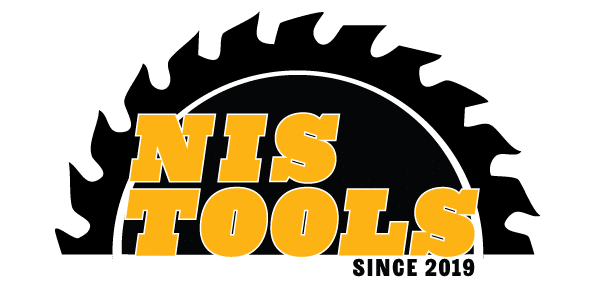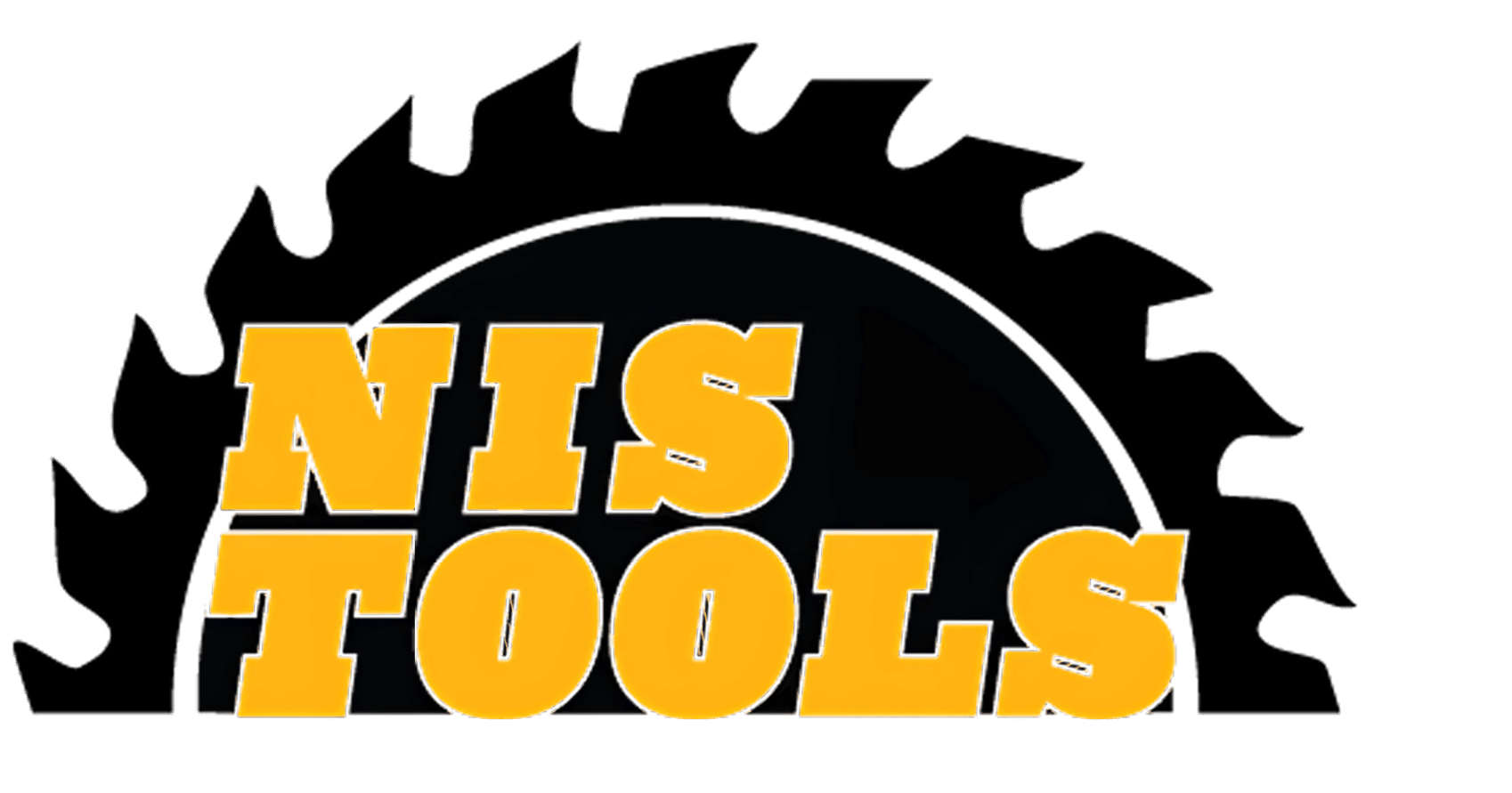Whether you are a licensed contractor with a crew or workers or just a do it yourself handyman, one key aspect of tool ownership has to be that of cleaning and maintenance. You’ve all heard the saying “An ounce of prevention is worth a pound of cure.” This saying is meant as a call to look after your health but it can very aptly be applied to removing the rust your tool collection as well as your bits and blades. If you take a few minutes to clean power tools you work with on a regular basis they’ll not only look and function better but they will undoubtedly last longer.
When purchasing a new power tool such as a cordless drill, an impact wrench tool or any kind of oscillating tools the tool manufacturers are usually really good about including user manuals and data sheets but you won’t generally see much information in regards to cleaning and maintenance other than a cursory sentence or two. Knowing how to effectively clean your tools and keep them that way will prolong the life of the tool while saving you hard-earned money in not having to keep replacing them with new ones. All that’s needed to clean the tools and remove rust in most cases are a few basic hand clean items, some compressed air, and some elbow grease.
We have put together this guide to help you know what methods work best to clean and remove rust from your power tools as well as your hand tools. If you do this on a regular basis you’ll find that your tools not only look like new again but they function at their best when they are stripped of all the grease and gunk that accumulate over any given period of time. Cleaning your tools isn’t just handy, it’s smart.
This guide will focus on three main areas:
- First, How to clean hand tools
- Second, How to clean power tools
- Third, How to clean drill bits and saw blades
How to clean hand tools
When it comes to cleaning your hand tools such as screwdrivers, hammers, and pliers there are a few methods out there as well as a host of different products to use. For this guide, we’ll focus on the method that we feel works the best. The following method for cleaning your tools is pretty straightforward and relatively simple. A little bit of elbow grease and patience and you’ll be amazed by the results you’ll get when you clean the tools properly.
What you’ll need for this method is:
- Simple Green All-Purpose cleaner or a similar cleaner/degreaser
- Wire brush or steel wool
- Bucket
- Soft rag
- WD40 or some other type of corrosion protector
Directions
- Fill a bucket halfway with hot water, then add your cleaner to fill in the rest of the way
- Simply put your tools in the bucket and let them soak for around 10 minute
- Remove the tools and dry with a soft rag using compressed air to clean out any gear
- You may still see some rust or debris that you can take off with a wire brush or steel wool
- For older tools, you may need to repeat this process and replace worn grips if needed
- Always dry the tools after cleaning & apply just a dab of 4 in 1 oil or some corrosion protector before storage
- You can clean your power cords by using a rag lightly dipped in your cleaner and held tightly in your hand and running the power cords thru it.
How to clean power tools
When it comes to cleaning your power tools such as your Dewalt cordless power drill or impact wrench or your Milwaukee reciprocating saw you’re going to want to take extra special caution in protecting the motor casing and open or exposed parts of machinery as well as any cables. It is a good idea to have the tool manufacturers’ guide or data sheets handy just in case. It’s always a good idea to use a toothpick or Q-tip for these areas. For the body, you’ll be using the same formula as above without putting it directly in the bucket. Don’t be afraid to apply your cleaner to clean power tools and get to it. Just don’t submerge it in the liquid as this can easily damage the motor and electrical parts.
What you’ll need for this method is: Simple green All Purpose cleaner or a similar cleaner/degreaser
- Wire brush or steel wool
- Bucket
- Soft rag
- Toothpicks / Q-tips
- WD40 or 4 in 1 oil
- Air compressor or a can of compressed air
Directions
- Always make sure that the tool is not connected to any power source or battery
- Use an air compressor or a can of compressed air to get rid of any dust and debris. You may have build up in the harder to see or vented areas
- Fill a bucket halfway with hot water. Add your cleaner to fill in the rest of the way
- Use a wire brush with your cleaning solution and steel wool to remove rust. Scrub lightly to avoid putting any scratches in your tool
- For the little nooks and crannies and vents, you’ll want to use a toothpick or a Q-tip
- Wipe off with a soft rag and repeat if necessary
- You may want to replace worn rubber grips if they’re really torn up. This method works really well to get them clean and non-sticky
- You can use corrosion protector like WD40 to apply lightly to the metal parts
- You can clean the power cords by running them thru a rag dipped in a little of the cleaner. This is the same for power cords too. Just make sure they’re dry before you plug them back in to use
- You can use this method for bigger tools also such as a 1’’ impact wrench or an air compressor.
How to clean drill bits and saw blades
Up until now what we’ve shown you isn’t very complicated. When it comes to cleaning your power drill bits and saw blades the method is pretty simple and straightforward but it is however important to note that cleaning your drill bits and saw blades is not the same thing as sharpening them. This requires a different process that you can do yourself but we recommend having your high-end saw blades such as Tenryu sent out to a company that actually specializes in sharpening saw blades. We’ll give some insight into both here and let you make your own decision. Having a sharp saw blade or a sharp drill bit will cut a lot faster and cleaner which saves you time. Never forget though that a dirty blade or drill bit can leave its mark of roughness on your surface. So keeping your blades and bits clean is just as important as keeping them sharp.
As far as cleaning here’s what you’ll need for this method:
- Simple Green or any All Purpose cleaner or a dedicated bit & blade cleaner like CMT formula 2050. Important tip – a citrus-based cleaner will work very quickly to dissolve pitch, gum, and tar.
- A shallow pan or a 5-gallon container lid
- Brass wire brush, a softer tooth style brush style
- A regular style tougher type wire brush
- Rag or heavy-duty paper towels
- File, or popsicle stick & sandpaper (coarse & fine)
Directions
- Place the blade or bit/s into the shallow pan or lid and fill it up with the cleaning solution you’ve chosen
- Let it soak in there for around ten minutes to soften the build-up of pitch, tar & gum
- Next, remove the blade or drill bit and set it on the rag or paper towel
- Now take your soft wire brush and clean the cutting edges by stroking outward from the center
- Next, rinse it off with just a little bit of clear water and pat it dry with a rag or if you prefer you can let it air dry
- The process is the same for blades and regular type drill bits but when it comes to router bits you’ll need to take off the bearing so your cleaner can remove some of the grease and gunk that’s in there
- You should be able to spin that bit freely by holding the bearing with your fingers and spinning it. If it doesn’t spin freely, you’ll want to lubricate that bearing until it does
- For longer bits such as Auger bits, you can use a thin tube such as PVC tubing instead of a shallow pan and after soaking a while you’ll want to use a tougher wire brush to get off any rust or debris left on the bit. This may take a little while and some elbow grease
- You may want to remove the set screw from the tip and soak that also or you can replace worn set screws with new ones pretty inexpensively.
- Once you’ve cleaned the bit and dried it with a rag you can sharpen it with either a dedicated Auger bit file, a regular file or even sandpaper that you can glue to a small thin piece of wood such as a popsicle stick with a coarse grit on one side and fine on the other
- One thing to keep in mind when sharpening Auger bits is you never want to sharpen the outside edges of the cutting spurs as it reduces the diameter of the bit which would cause the bit to bind up as the diameter would be different at that end of the bit. Make sure you have data sheets or notes on the precise sizes
- When you’re filing the spurs keep your file to the inside and sharpen them to a fine edge which will result in a much cleaner hole
- Sharpen the cutting edges of the rest of the bit in the same manner by filing on the inside until a nice sharp edge is produced
- You can really get a good clean screw tip by taking your power drill and drilling a hole into some wood just slightly before the spurs are engaged and then putting a little oil into the hole and repeat the drilling into that hole.
We hope that this guide has been helpful to you and hope that you use this information to keep your tools clean and keep them working far beyond the normal consumer cycle. For more info on buying power tools online check out COMPLETE GUIDE TO BUYING POWER TOOLS ONLINE IN 2020


